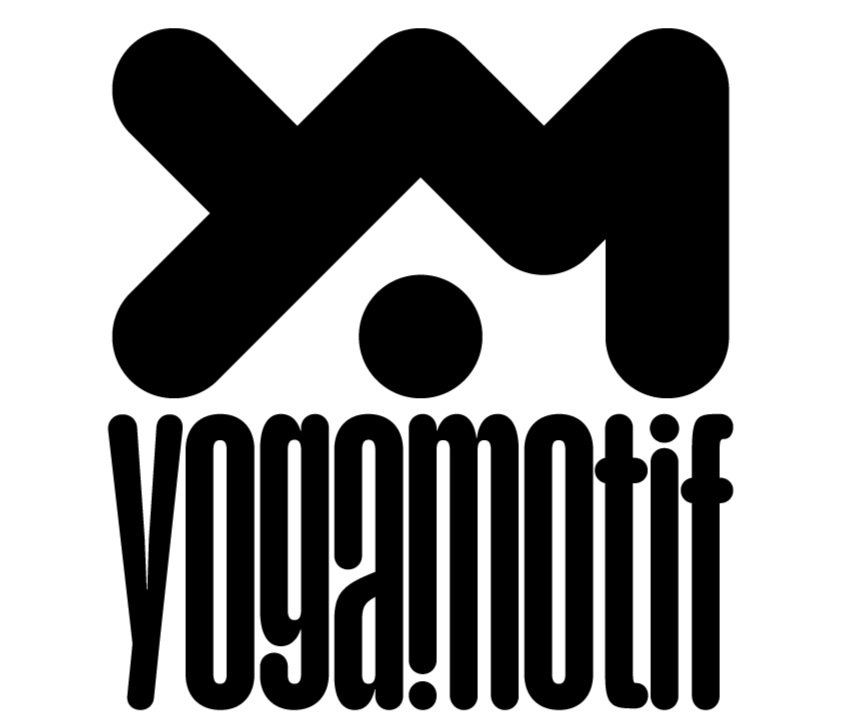Sensation is Food for Your Nervous System
Reflections from YOGAMOTIF teachers
I’ve always thought of myself as a decent indoor gardener but my plants have been dramatically sad-looking recently. Dropping leaves, drooping stems, crunchy brown ends. For about 3 weeks in a row, Instagram was serving ads to me for an app that could diagnose plant sorrows and offer esoteric medicines – things along the lines of, “Your spider plant has yellowing tips? That means it’s energy is low! Sprinkle black pepper on the soil. This pothos has spots on its leaves? Water it with milk!”
That can’t be true, can it? Firstly, what do they mean not enough energy? How would black pepper “add energy”? Wouldn’t milk start to stink? I’ve never heard of any of these things. It all sounded nonsensical and complicated.
I managed to resist the clickbait. I bought a book instead: The New Plant Parent by Darryl Cheng. It’s a delightful book full of pictures of happy green tropical plants and it offers the most level-headed advice. Things I already knew but didn’t understand. I knew that plants photosynthesize. But I didn’t understand that light is plant food. Soil is not plant food. The medium that indoor plants grow in isn’t precisely soil, either – it’s not alive like the soil outside is. It’s not full of worms and bugs and it has a completely different microbiome. The purpose of potting soil is to be a medium to anchor roots, exchange gasses, and draw moisture.
I’m still sort of floored by how “light is plant food” caught me by surprise. I’d like to present this epiphany next to another realization I’ve come to. I’ll allow you to feel out the metaphor on your own.
Food is food for your digestive system. Air is food for your respiratory system. Sensation is food for your nervous system.
I knew that the nervous system fed information to the brain, and the brain and nervous system determines our state – are we safe? Oh good, take a deep breath. We’re free to digest the food we just ate and sleep soundly. We’re in danger? Stay alert! Shallow breaths only, and keep the heart rate elevated just in case we need to sprint out of here. — But what happens if we're not giving our nervous system enough information about the state of our bodies? What if we become numb to our surroundings and our inner sensations?
I know I am likely to feel moody, panicky, or generally dysregulated after a long session of “mind work,” when I spend hours working on a digital project – for instance, balancing my bank accounts, designing and writing for my website, creating marketing content for my massage business. I know I disconnect from my body when I’m doing that kind of deeply focused work. It is hard to slow my thoughts down at the end of those work sessions.
The conventional wisdom is to exercise. Go for a walk, hit the gym – which I’m sure works for many people. But it’s only half of my solution. I have to bring myself into the here and now. Mindfulness is the real juice. If I’m on a walk to soothe existential unease I have to leave the earbuds at home. I need to deliberately focus on the sensations in my feet, the air on my cheeks, my inhales and exhales.I wish it was as easy as it sounds, it’s a practice.
I try to bring it to all of my movement practices. I adore strength training – which is a perfect place to sink into sensation. The knurling on the barbells, my shifting center of gravity as I swing a kettlebell, taking an expansive breath and bracing my core around it, how spreading my toes wide feels good when I set up to do a squat.
On days that I can’t muster the energy to leave the house to go for a walk, I know I can do small mindful movements. Washing the dishes. Petting the dog. Sitting and breathing. If I have no other energy resources I can simply sit and breathe. Most of the time I don’t have to spend 100% of my focus on mindfulness during movement – But sandbagging self-regulation when I’m feeling good is important to keeping me closer to level.
My yogi colleagues have been advocating mindfulness for as long as I can remember – probably the last 2000 years anyway. I didn’t get it until I understood that sensation and mindfulness is nervous system food. You need it to feel whole and calm.
Consider:
How can you reconnect with the sensations of your body?
What can you do to feed your nervous system today?
This reflection is a part of Spring into Wellness, A funded project through the University of Pittsburgh’s Office of the Provost and its 2022-23 theme, the Year of Emotional Well-Being. This three-part Spring into Wellness project includes in-person classes, a 31-Days of Creative Wellness virtual routine, and a weekly inspirational newsletter.



